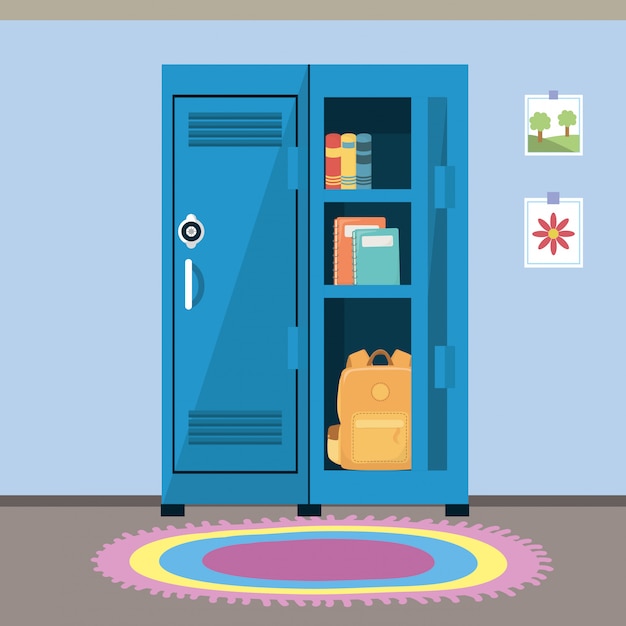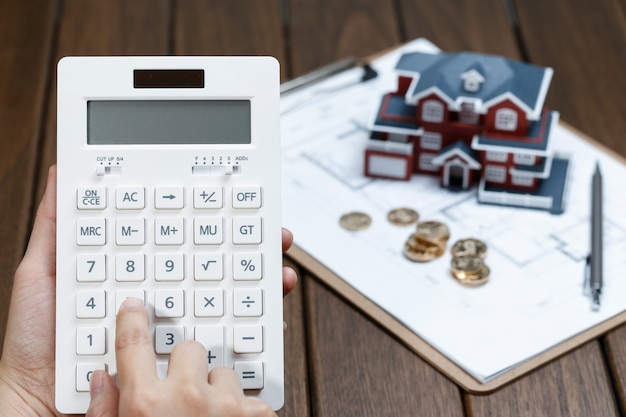
If you possess treasured belongings at your residence, the idea of securing them in a safer location like a safety deposit box might give you peace of mind. This can provide safeguard against potential losses during home incidents such as burglaries, or natural disasters like tornadoes and floods. Setting up a safety deposit box is straightforward, however, there are various pivotal points to bear in mind.
Opening a Safety Deposit Box:
1. Select a suitable bank. If your existing bank offers safety deposit box services, opting for one at the same location might earn you some discount.
2. Fill and sign the safety deposit box rental agreement. If you wish someone else to have the right to access the box besides yourself, for circumstances like being ill or incapacitated, ensure they are present while you are signing the lease and their signatures are also appended.
3. Keep your keys in a secure location. The keys provided for your safety deposit box are unique, hence ensure they are kept in a reliable, safe place. If lost, a locksmith might be necessary to create replacement keys.
Crucial Points to Consider:
1. Organize annual automatic payments. If you fail to pay your yearly fee for the safety deposit box or neglect its usage for three consecutive years, the bank has the authority to label the box as abandoned, open it and auction off the contents.
2. Record all the possessions in your safety deposit box. Capture an image and list down all the entities present inside your box, storing one copy within the box and another at your residence.
3. Provide your executor with the box keys and the power of attorney to ensure their access to the box post your demise.
4. Notify your insurance provider. Informing them about your safety deposit box might lead to a reduction in your home insurance policy.
5. Avoid storing items that you may require urgently when the bank functions are suspended. For instance, should you need to undertake an abrupt overseas trip following a bereavement, you wouldn’t want your passports to be locked away in the safety deposit box, inaccessible during the weekend.
If you are seeking both a safe and easily accessible location for your pivotal documents like social security cards, birth certificates, but not limited to, marriage licenses and passports, you might contemplate using a fire-resistant, waterproof safe for home use. Although it can be stolen during a break-in, it does serve to keep your documents protected from other perils while granting immediate access as needed.
With a nominal annual fee ranging between $25 to $100, based on the dimensions of your safety deposit box, your pivotal documents can be securely stored and protected. Opening a safety deposit box is uncomplicated and might also lead to a discount on your home insurance premium.
Have you previously established a safety deposit box? What items have you stored there?
Image source: wealthlawblog.com


